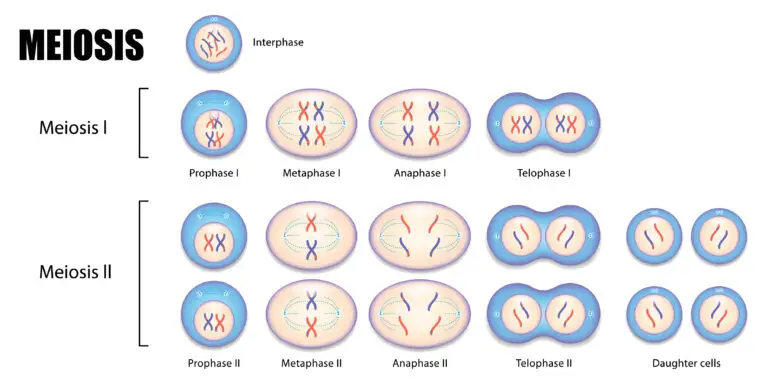Meiosis

Table of Contents
What is Meiosis?
Meiosis is a type of cell division that occurs in sexually reproducing organisms, forming gametes (sperm and egg cells) with half the chromosome number of the parent cells. It is a specialized process that ensures genetic diversity in offspring by introducing new combinations of alleles.
Meiosis involves two consecutive divisions, resulting in four non-identical haploid cells.
Functions of Meiosis
Chromosome Reduction
The primary purpose of meiosis is to reduce the chromosome number by half, ensuring that the resulting gametes have half the number of chromosomes as the parent cells.
Two Successive Divisions
- Meiosis consists of two consecutive divisions: meiosis I and meiosis II.
- Meiosis I involves the separation of homologous chromosomes, while meiosis II involves the separation of sister chromatids.
Formation of Haploid Cells
At the end of meiosis, four haploid cells are produced, each with a unique combination of genetic material. Haploid cells have one complete set of chromosomes.
Genetic Recombination
Meiosis introduces genetic diversity through the processes of crossing over and independent assortment. Crossing over involves the exchange of genetic material between homologous chromosomes, leading to the formation of recombinant chromosomes.
Independent assortment results in the random distribution of homologous chromosomes during meiosis I, leading to different combinations of alleles in gametes.
Meiosis I vs. Meiosis II
- Meiosis I is characterized by separating homologous chromosomes, resulting in two haploid cells.
- Meiosis II is similar to mitosis but involves the separation of sister chromatids in haploid cells, resulting in four non-identical haploid cells.
Related Links
Biogenesis
Metaphase
Mitosis
Telophase